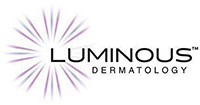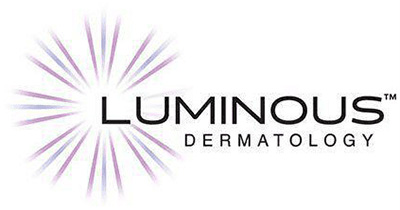About Hair Loss
What is it?
The average human head has more than 100,000 healthy hairs, and many people have well over 150,000. Typically, you may lose around 50-100 of these hairs every day, which isn’t noticeable. However, once you start to lose well over 100 individual hairs daily, your hair loss starts to affect your appearance. Both men and women are affected by hair loss but in different ways. For example, while it’s common for men to have a noticeable loss on their hairline or crown, women tend to experience thinning hair in a more random, widespread pattern. Women also usually have localized loss because of repeated hair trauma, such as from hair being pulled tightly back in a ponytail or bun.
What causes it?
There are various reasons contributing to the loss of hair. The most common causes include genetics, frequent stress, poor nutrition, certain medications, emotional issues, and trauma or injury.
Common treatments
The hair loss and skin experts at our dermatology practice have the experience and knowledge to provide you with solutions that stabilize hair loss and help stimulate hair growth. Among these options are Minoxidil, an over-the-counter topical lotion that we also offer in prescription strength; Finasteride, an oral medication; and Spironolactone, another oral medication.


